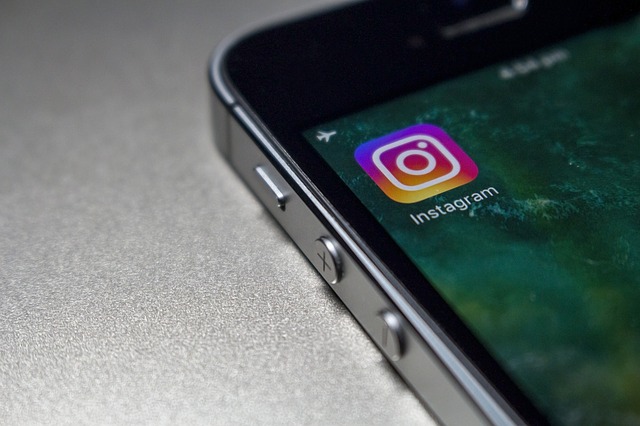 New research indicates that Instagram engagement dropped this year, a potential concern for marketers.
New research indicates that Instagram engagement dropped this year, a potential concern for marketers.
The engagement rate of brands dropped from 1.54% on April 15 to 0.8% on June 23, reveals a Trust Insights analysis that examined more than 1.4 million posts and more than 3,600 brand profiles over the first half of the year.
Average engagement declined precipitously since the beginning of May and now hovers around 0.9%, a decrease of 1.1% from earlier this year. This represents an 18% decline in average engagements (mostly likes) since the beginning of the year.
The study defines engagement rate as the total number of interactions on a post divided by the size of the account’s following at the time of posting. Instagram Stories are not included because the API does not offer that data.
Instagram influencers also saw their engagement drop. The engagement rate of 150 fashion industry influencers fell from a high of 4.3% on Feb. 17, to a low of 2.4% on June 20, a 44% decline.
Why is Instagram Engagement Falling?
Many marketers believe engagement has dropped due to changes in Instagram’s algorithm. Marketers fear that Instagram is following the example of Facebook, its parent company, and reducing brand reach to force brands to buy ads to maintain contact with audiences. Some believe they’ve been shadow banned, or blocked without being notified, although Instagram denies the practice.
Trust Insights says it’s not clear what caused the fall in engagement, noting that engagement rates were relatively stable for a good portion of the year. A decline in engagement can prompt an adverse cycle. It causes a decrease in visibility that leads to less engagement that in turn means less visibility.
Some say Instagram may have become too popular and too competitive. Businesses have piled into Instagram, one of the fastest-growing social media platforms. It’s especially popular with people under 30, but brands can also reach older age groups on the network.
As more business posts compete for users’ finite attention, overall engagement has to decline. “After all, there’s only so much time users are spending consuming feed posts each day,” notes Andrew Hutchinson at Social Media Today.
Facebook says its users prefer to see more posts from friends and family, but that argument seems less valid for Instagram, considering that 80% of Instagram users also follow a business, Hutchinson says.
Options for Marketers
Marketers have some options to build and maintain connections with their audiences on Instagram. They can:
- Promote feed posts in Instagram Stories to win attention and revitalize engagement of specific posts.
- Pay for ads to boost post performance.
- Promote Instagram content on other channels, such as other social media platforms or email.
- Experiment with posting Instagram Stories. Extremely popular, stories vanish after 24 hours unless added to your profile as permanent “highlights.”
- Attempt to game Instagram’s algorithm and impress users with video posts, live video, compelling captions, and contests and giveaways.
- Focus on content that appeals to their targeted audience. Instead of trying to reach everyone, try to reach only those likely to become customers.
- Migrate their community to a channel that’s less vulnerable to changes in social media algorithms and more under their control. Consider private chat groups, discussion forums, and email lists.
In spite of the declines in engagement, Instagram is likely to remain a core social media network, especially for B2C brands seeking to reach younger audiences, but marketers may need to make account adjustments to optimize results.
Bottom Line: Instagram engagement fell significantly for brands this year, new research shows. Whether or not that’s an ongoing trend, marketers can take steps to protect connections with audiences. Posting high-quality content and migrating customers to more reliable venues may offer the best options.
William J. Comcowich founded and served as CEO of CyberAlert LLC, the predecessor of Glean.info. He is currently serving as Interim CEO and member of the Board of Directors. Glean.info provides customized media monitoring, media measurement and analytics solutions across all types of traditional and social media.




